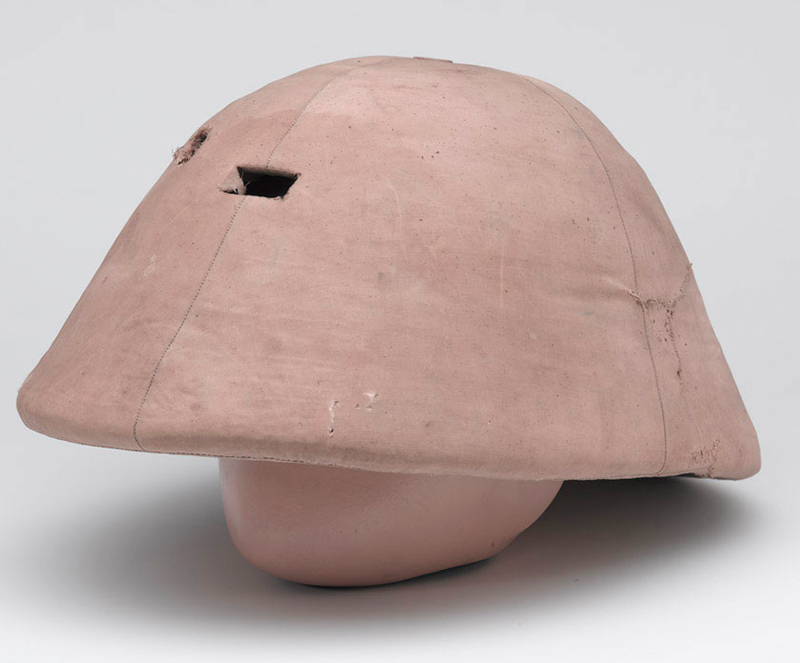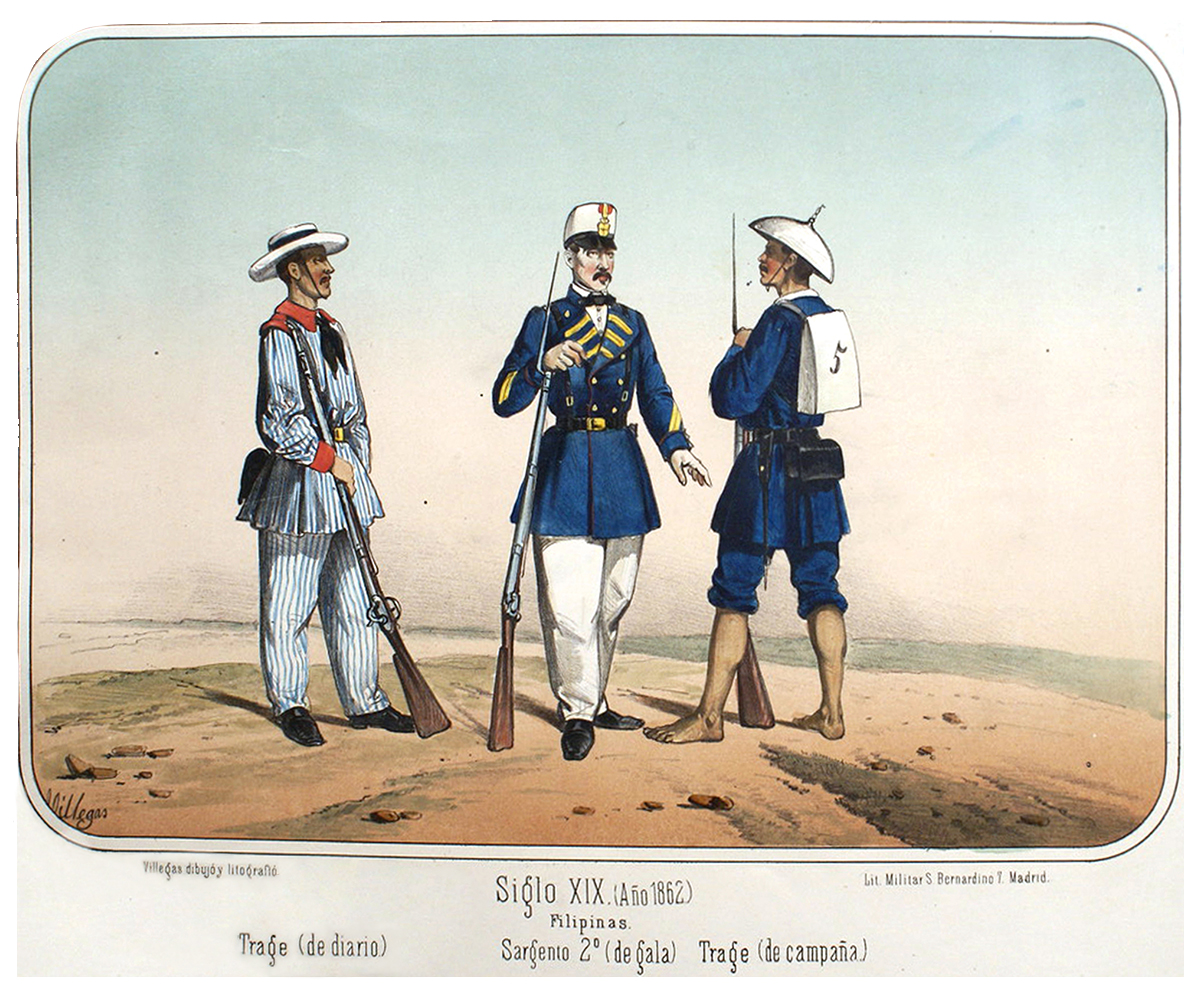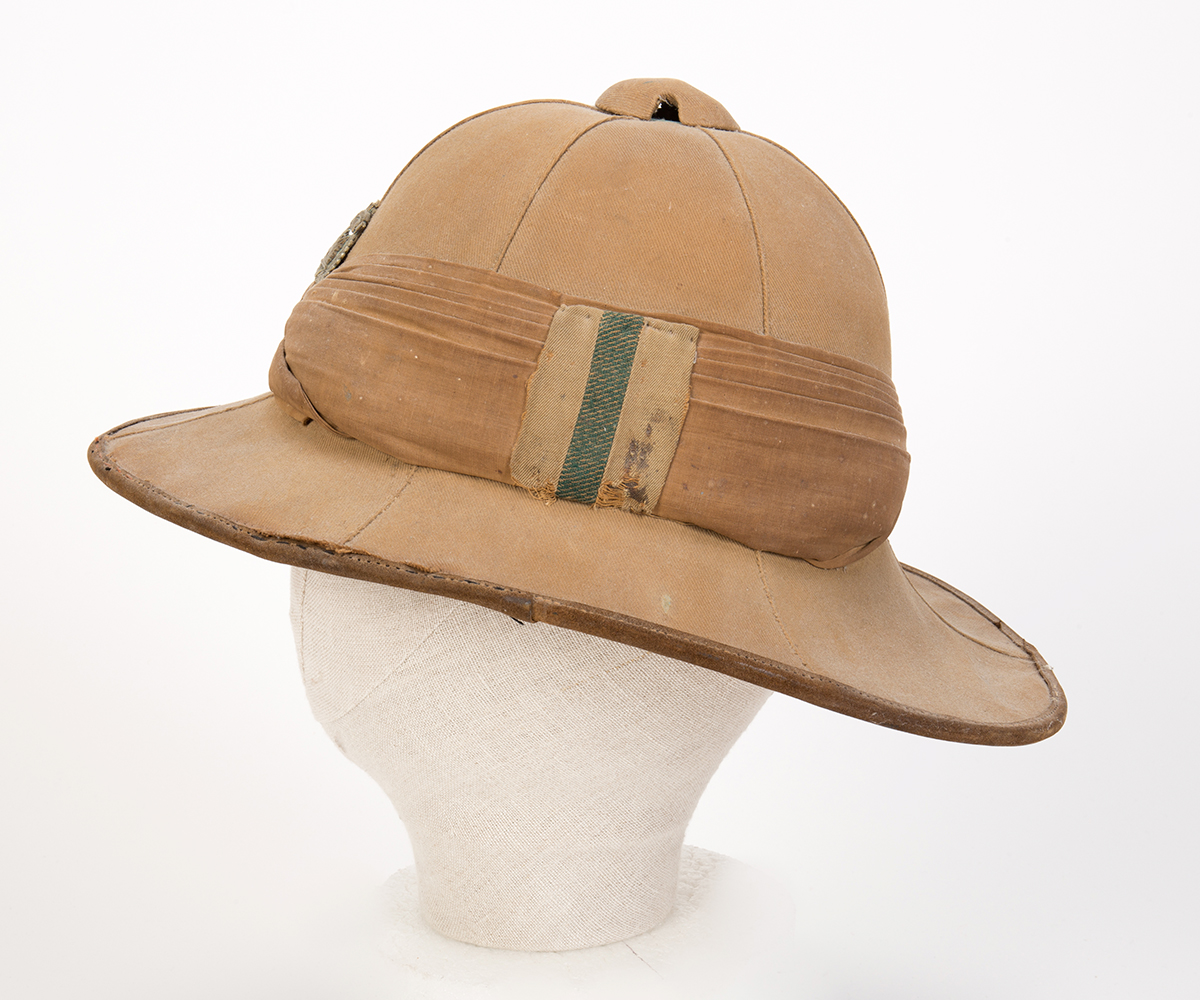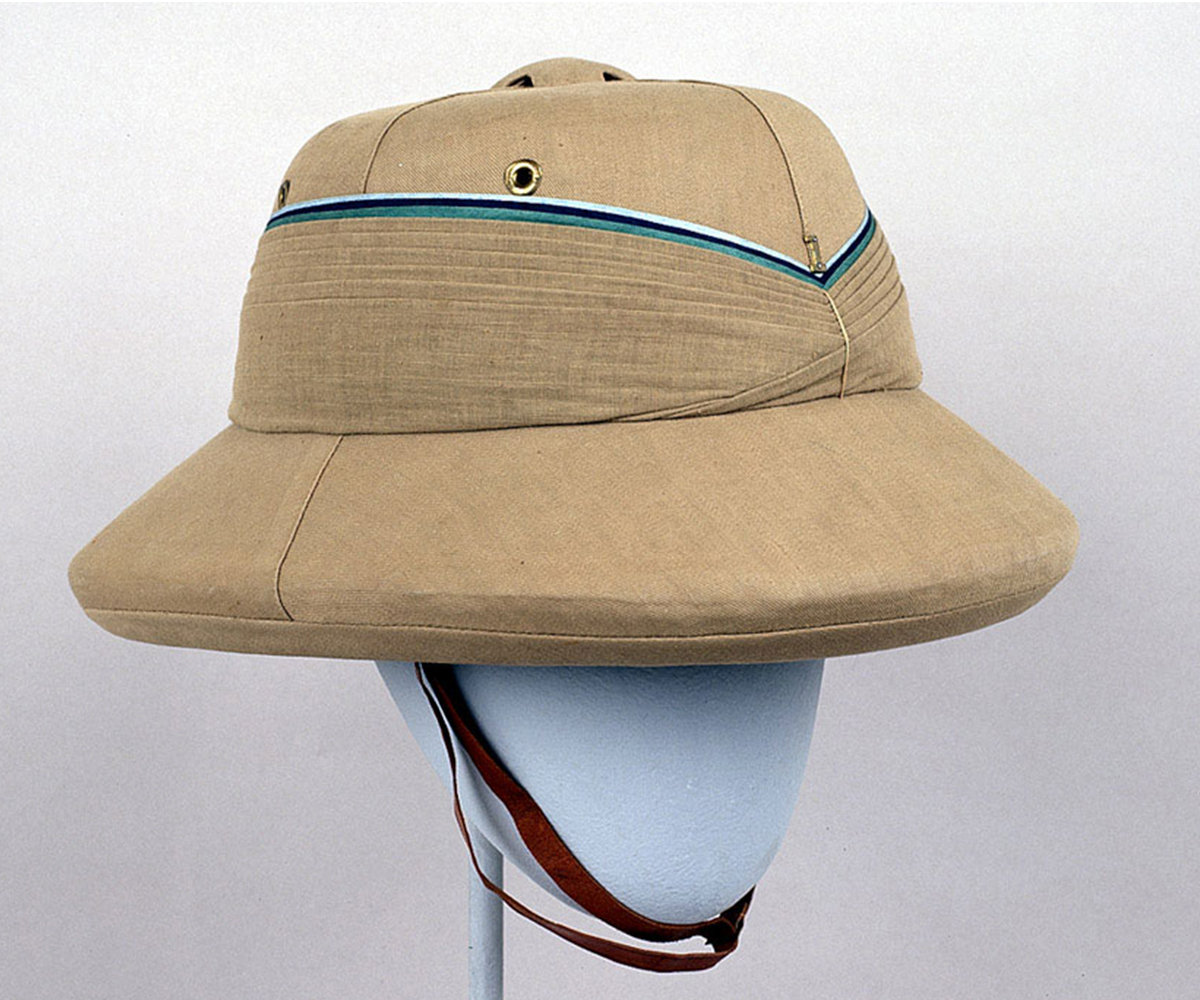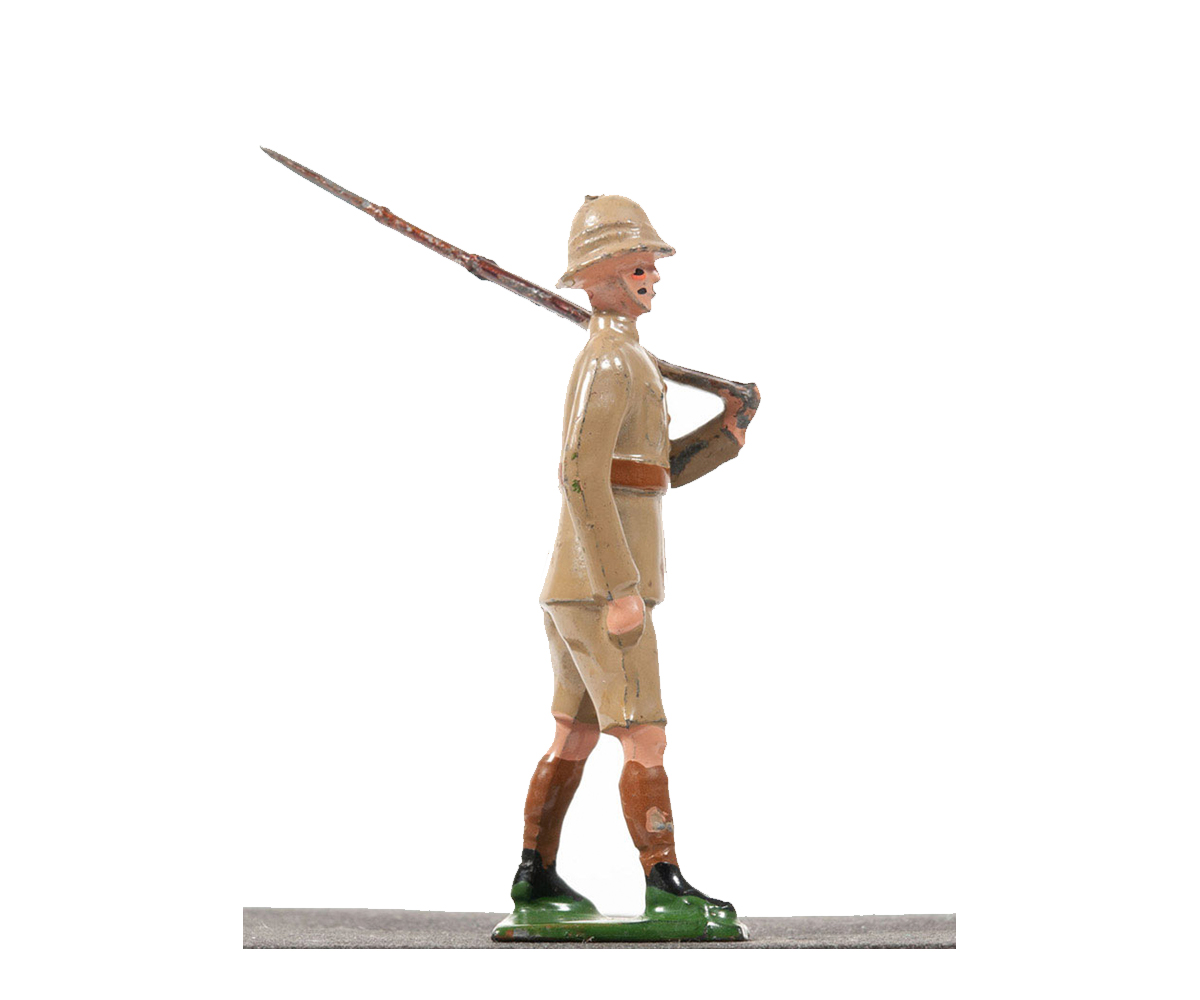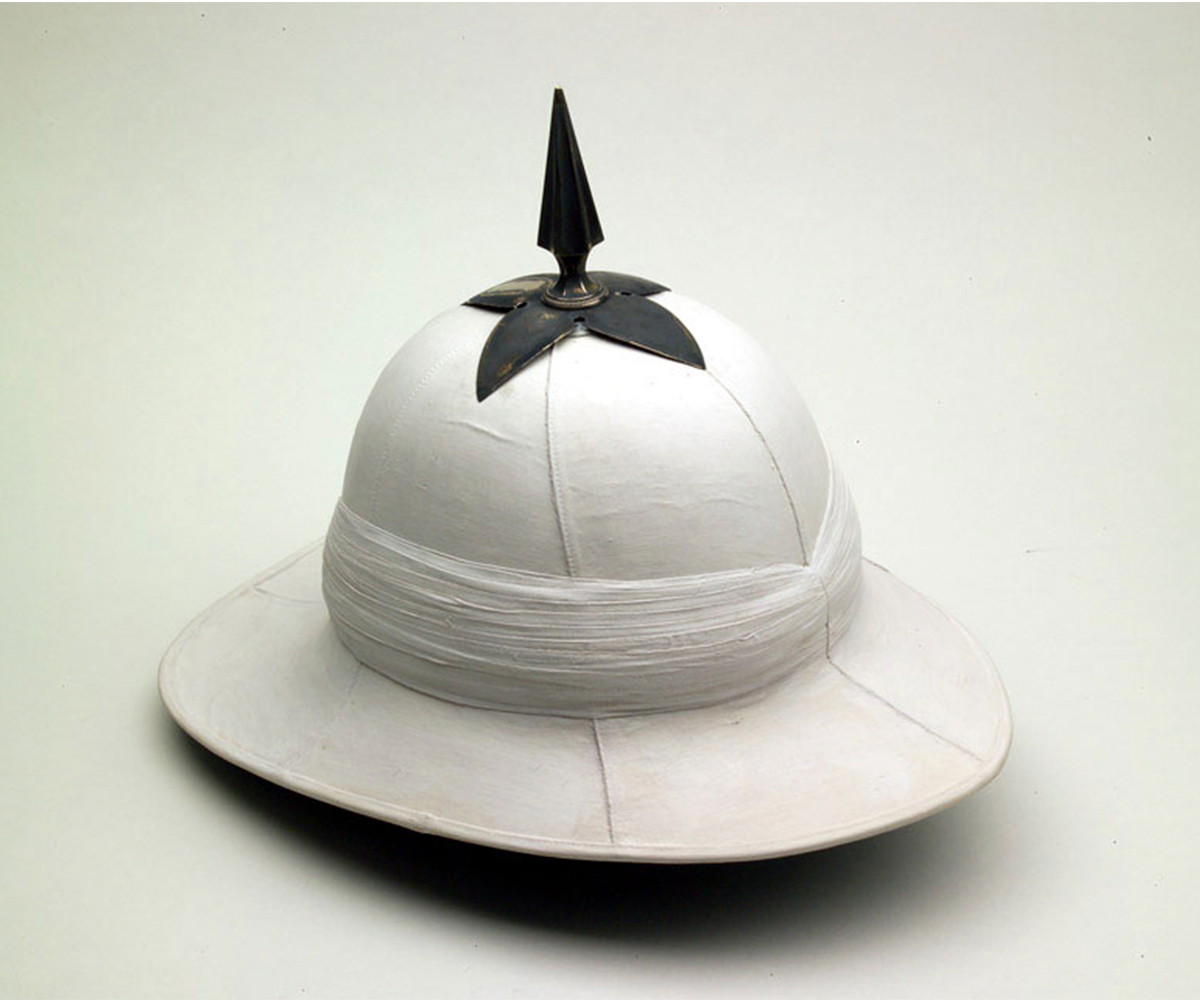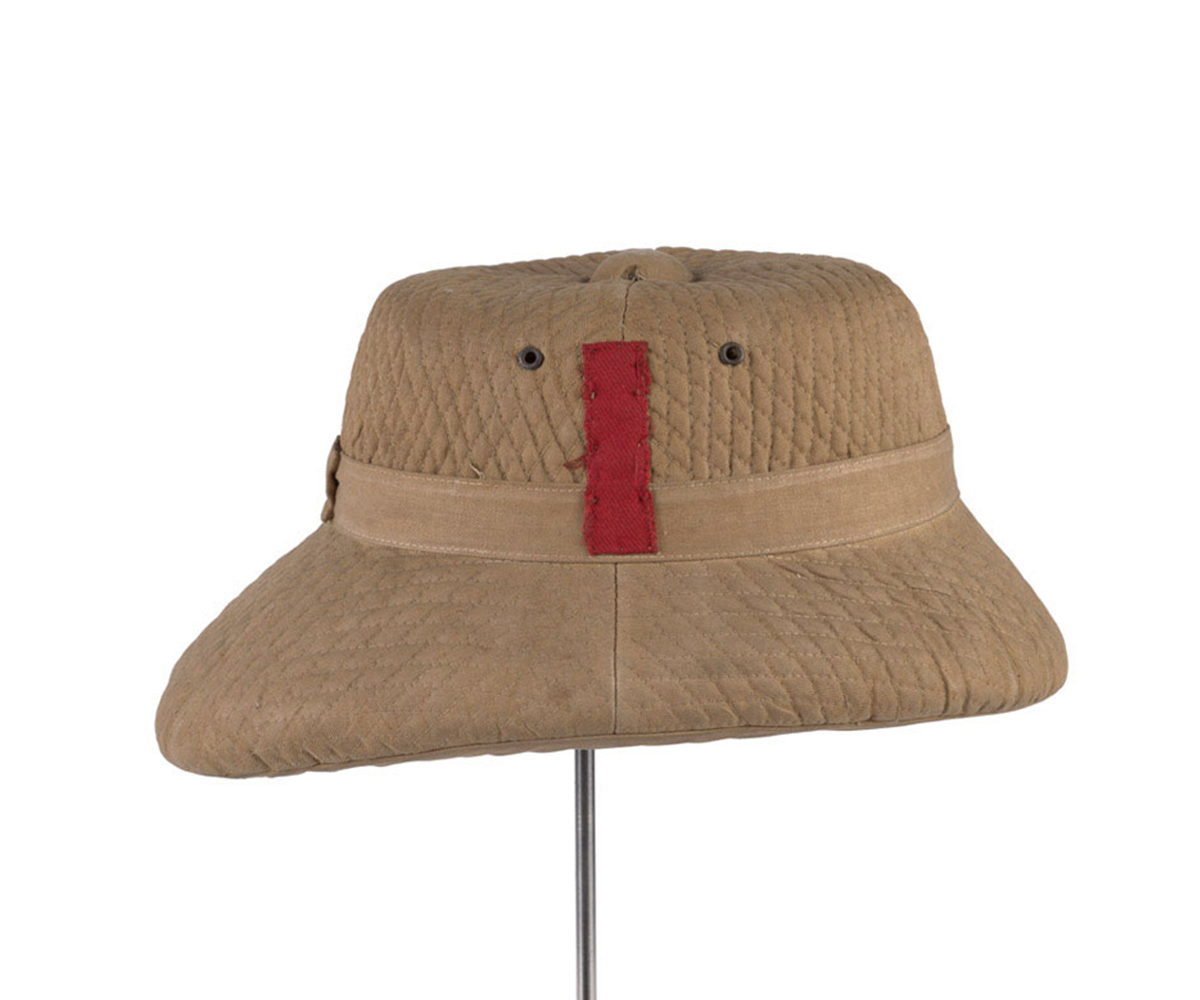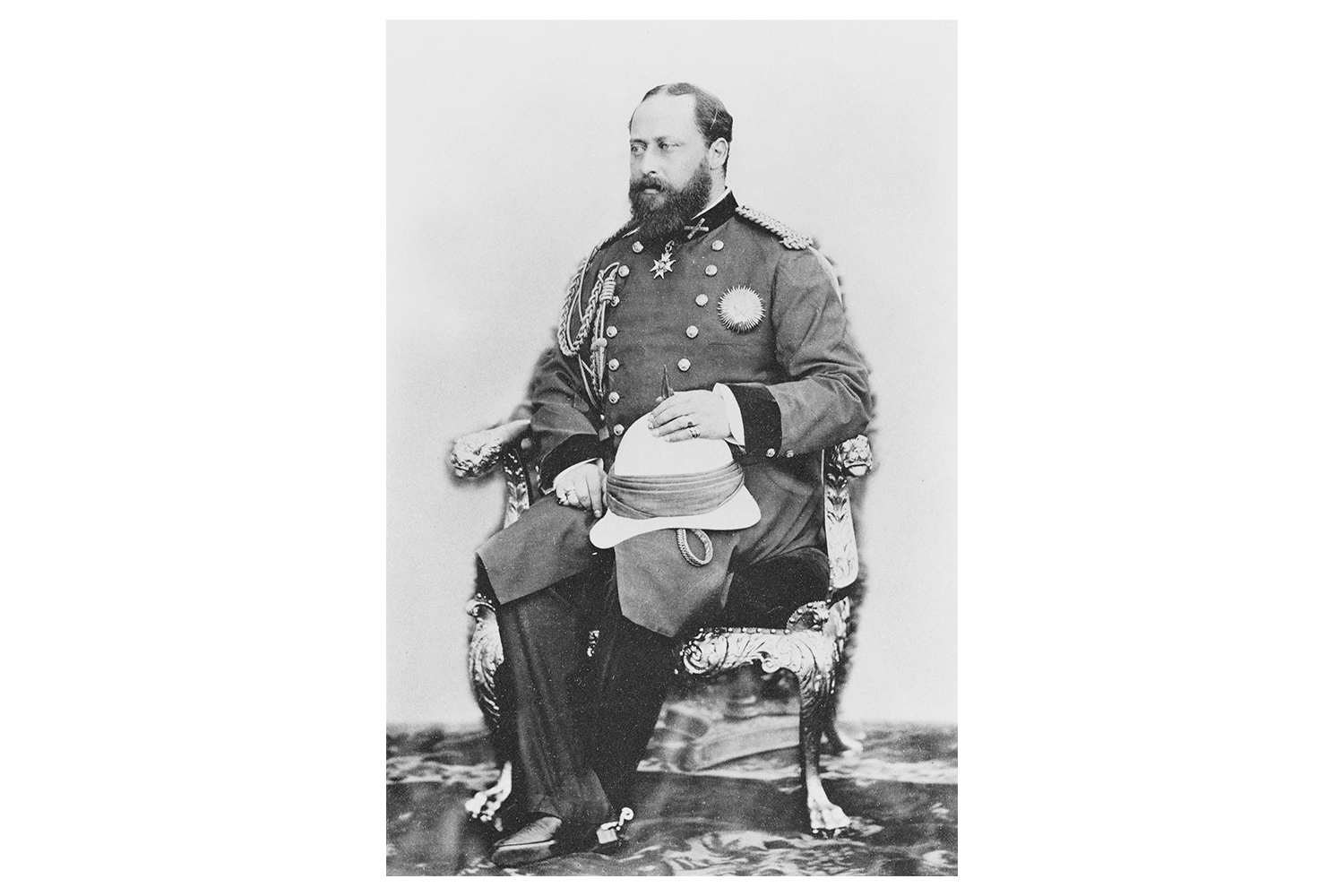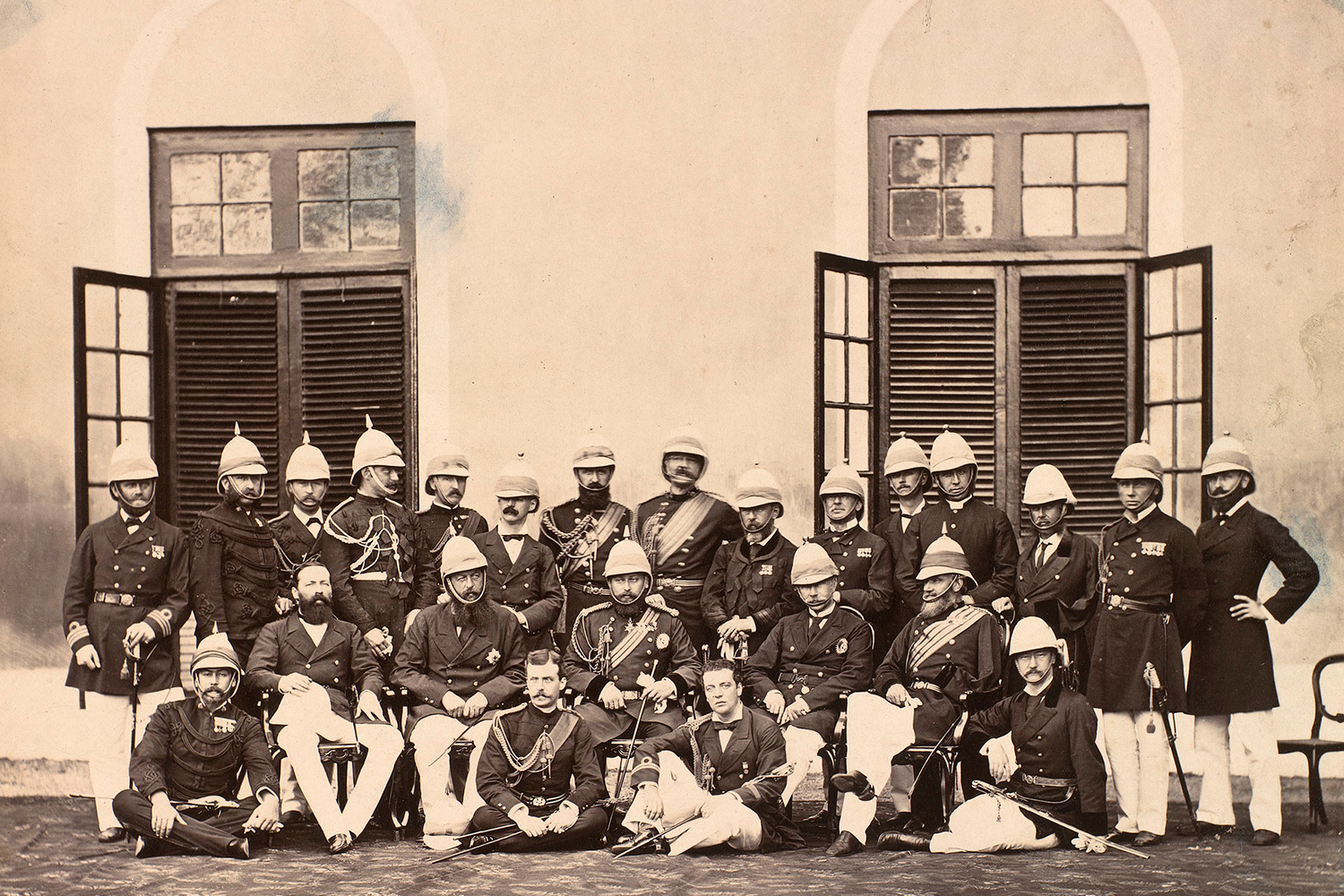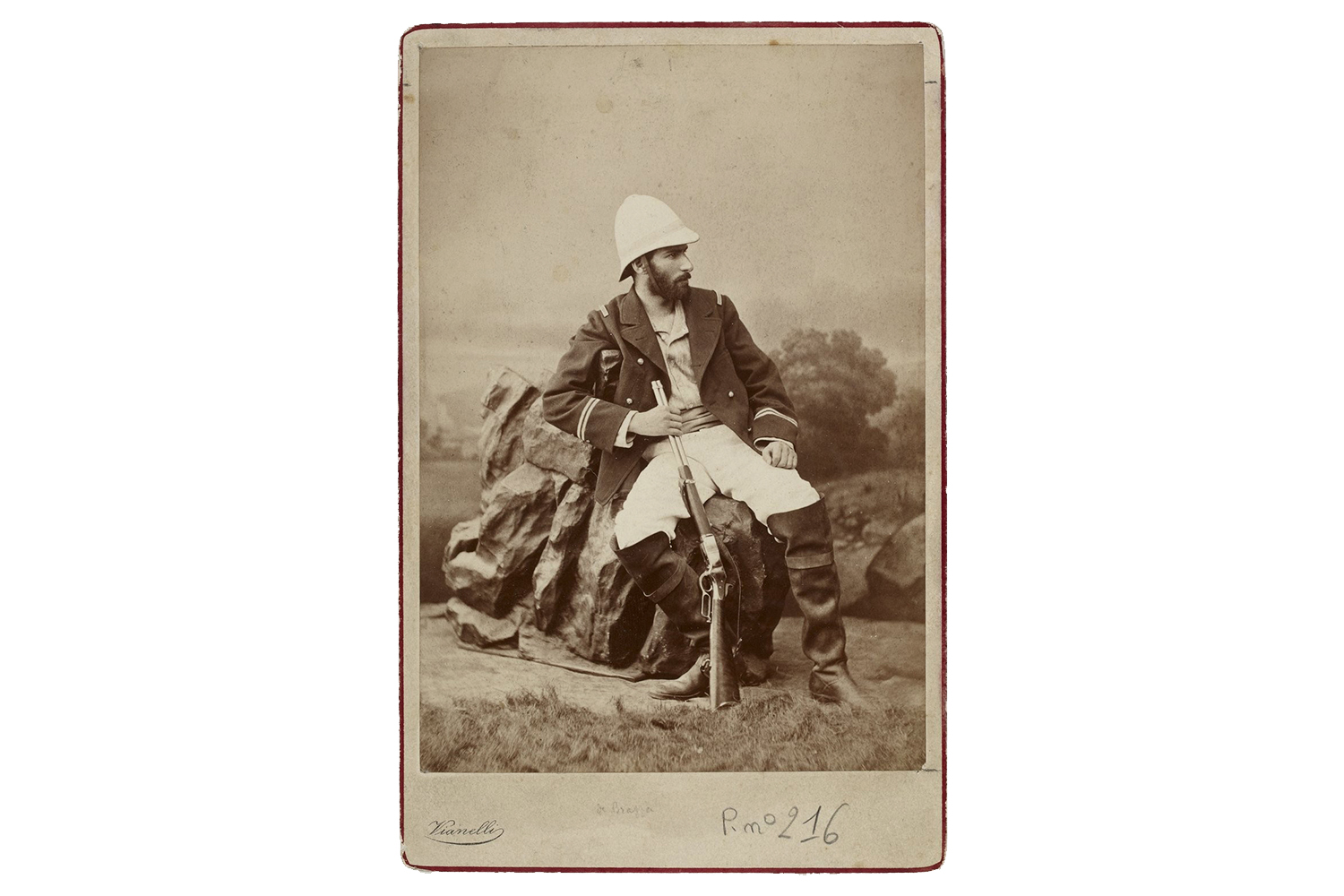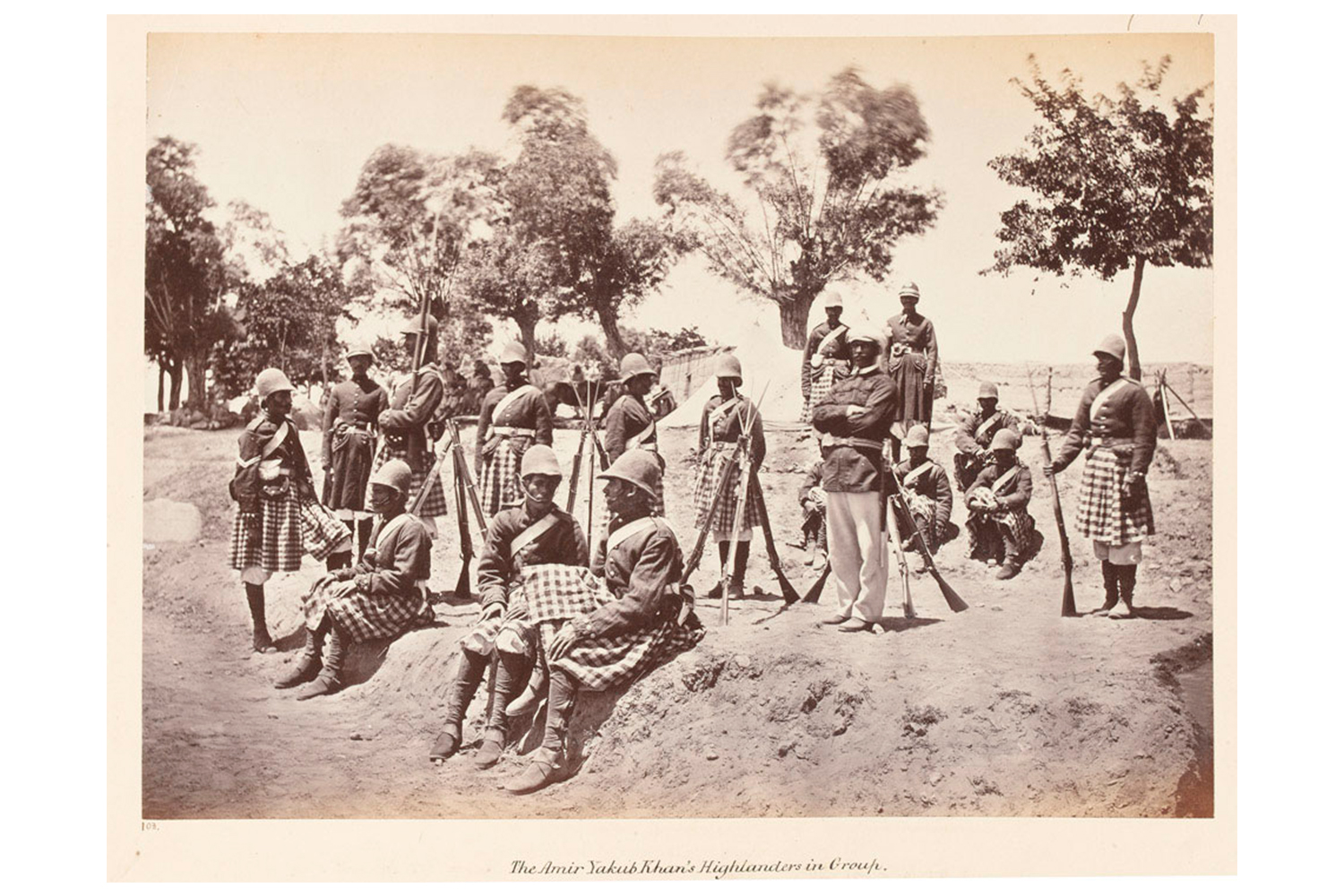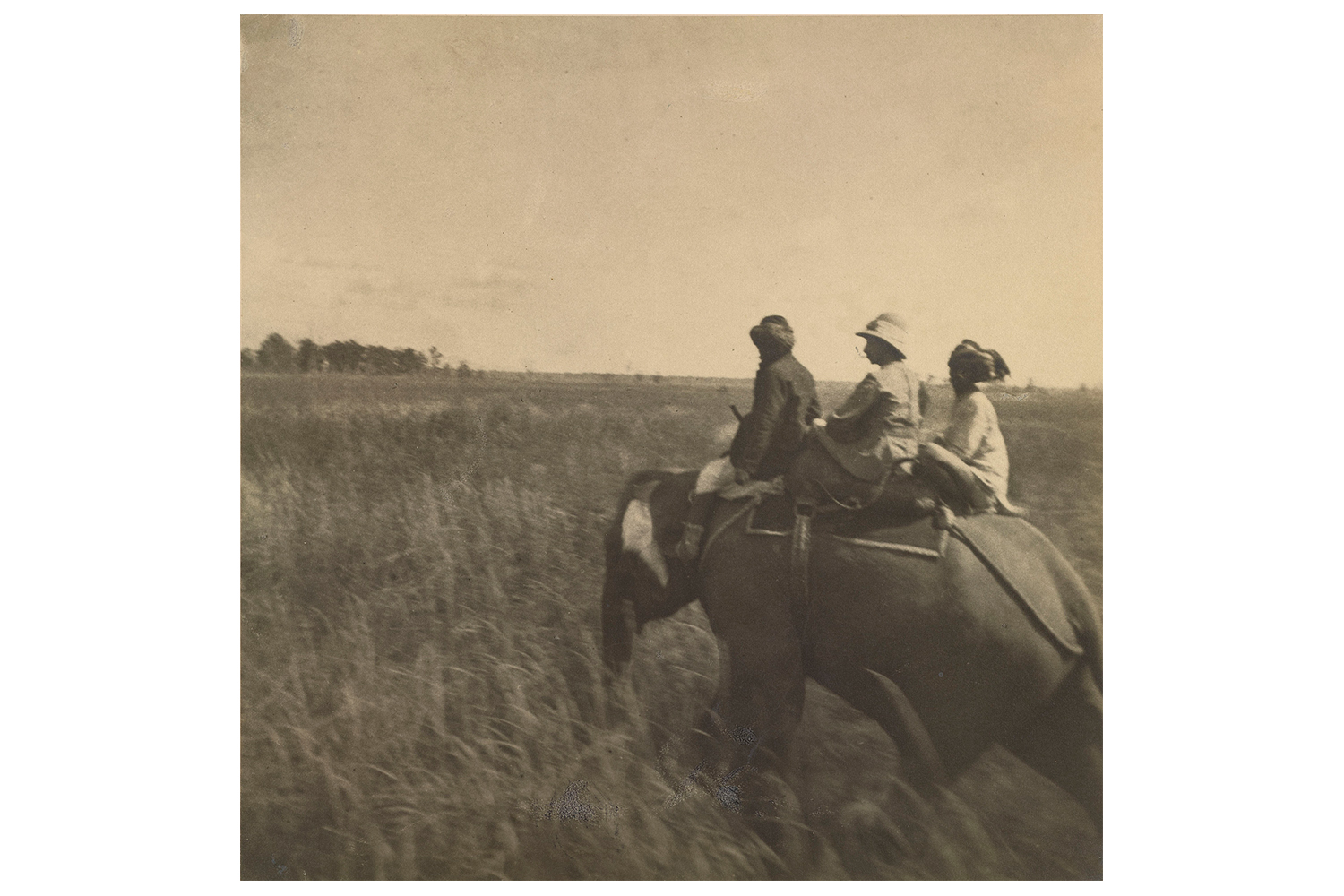ARTICLE
Sola Topi
The hat was worn by British soldiers for the first time during the Anglo-Sikh Wars in the 1840s. Following this, demand skyrocketed during the Revolt of 1857, with the arrival of more British soldiers in India, many of whom were stationed in the hot plains. Jeffrey’s sola topi was adopted as part of the de facto official dress of the colonial dispensation. The hat also became a default component of British civilian clothing in India, so much so that Indians referred to the British as the topiwallas or ‘hat-wearers’. British people of all ages wore it while outdoors, and to go out without one came to be seen as foolhardy and inappropriate, and in some cases, unlawful and even treacherous. The hat also became especially popular among Anglo-Indians, who saw it as a means to emphasise the British part of their identity and set themselves apart from Indians. Calcutta (now Kolkata), the then-capital of British India, was the main centre of production of sola topis in India. European travellers to the tropics, among whom were scientists, archaeologists and explorers, are also known to have bought sola topis at Port Said in Egypt, which served as the gateway to the East. Here, iconic stores such as Simon Arzt stocked the hats among a number of other speciality items, and the purchase and discarding of the sola topi is noted as a rite of passage for these travellers on the way to and back from the tropics.
Aware of the ubiquitous use of headwear in India to indicate identity — members of different castes and regional groups wrapped turbans in particular styles — the British also used the sola topi to distinguish themselves and underscore their imperial authority. Their rhetoric around the hat also included quasi-scientific theories about the Europeans’ need for additional sun protection as compared to the native population, which presumed their racial superiority.
Owing to its strong colonial connotations, the sola topi was not widely worn by Indians apart from army officials. However, some scholars note that the hat’s practicality appealed to the anti-colonialist leader MK Gandhi, who donned it in an ensemble with his dhoti and shawl in the early twentieth century, and expressed a desire to adopt it as a piece of pan-Indian headwear. He gave this up in light of the aggressive criticism it sparked, which claimed the use of the hat as an act of disloyalty to the national cause.
Apart from the British, the French, Dutch and Spanish adopted the sola topi as a staple piece of headgear in their colonies. During the First World War, it was worn by the Turkish, Germans and Belgians, and was adopted by the Italians during the Second World War. The American army is also known to have used the pith helmet in the Philippines. With the hat’s use by the militia, its shape and the materials used in its making changed. By the early years of the twentieth century, it was made of cork in many parts of the world and came to resemble the German pickelhaube — with a short, sloping brim that jutted out of the front and back of the crown, which was topped with a knob, a spike, or plumes. It was customised as per the stylings of various imperial powers, often bearing a badge or coat of arms, as well as rank.
The popularity of the sola topi began to dwindle by the middle of the twentieth century, possibly because new British military recruits who made their way to India during the Second World War did not ascribe it with the significance their predecessors did. The pith helmet in various forms continues to be part of the uniforms of some police forces around the world and is still worn by royal guards in ceremonial events in Southeast Asia today. As a visual motif, it remains a common trope in popular media from comic books to films to depict colonial officials, archaeologists and explorers.
Bibliography
Bellanta, Melissa, and Lorinda Cramer. “Tropical Whites: Hegemonic Masculinity and Menswear at the Crossroads of Australia and Asia, 1900–1939.” Gender & History 0, no. 0 (August 2022): https://doi.org/10.1111/1468-0424.12640.
Chico, Beverly. Hats and Headwear around the World: A Cultural Encyclopedia. Santa Barbara: Bloomsbury Collections, 2013.
Cohn, Bernard S. Colonialism and Its Forms of Knowledge: The British in India. Princeton: Princeton University Press, 1996.
Collingham, E. M. Imperial Bodies: The Physical Experience of the Raj, c. 1800-1947. Cambridge, UK: Polity Press; Blackwell Publishers, 2001.
De Caro, Francis A., and Rosan A. Jordan. “The Wrong Topi: Personal Narratives, Ritual, and the Sun Helmet as a Symbol.” Western Folklore 43, no. 4 (1984): https://doi.org/10.2307/1500107.
HatHistorian. “I Plead the Pith: A History of the Pith Helmet.” Uploaded June 1, 2022. Video, 09:55. https://www.youtube.com/watch?v=qLh4PsjAHws.
Hobson, John M. The Eastern Origins of Western Civilisation. 1st ed. Cambridge: Cambridge University Press, 2004. https://doi.org/10.1017/CBO9780511489013.
Nochesada, Elmer I. “The Filipino and the Salacot.” Tagalog Dictionary. Articles & Essays. Accessed February 22, 2024. https://www.tagalog-dictionary.com/articles/the-filipino-and-the-salacot.
Rovine, Victoria L. “Pith and Power: Colonial Style in France and French West Africa.” Journal of Material Culture 23, no. 3 (September 2022): 280–312. https://doi.org/10.1177/13591835221090603.
Tarlo, Emma. “Competing Identities: The Problem of What to Wear in Late Colonial and Contemporary India.” PhD diss., School of Oriental and African Studies, University of London, 1992.
Rankin, Robert H. Military Headdress: A Pictorial History of Military Headgear from 1660 to 1914. London: Arms and Armour Press; New York: Hippocrene Books, Inc., 1976.
Ross, Robert. Clothing: A Global History: Or, The Imperialists’ New Clothes. Cambridge: Polity, 2008.




